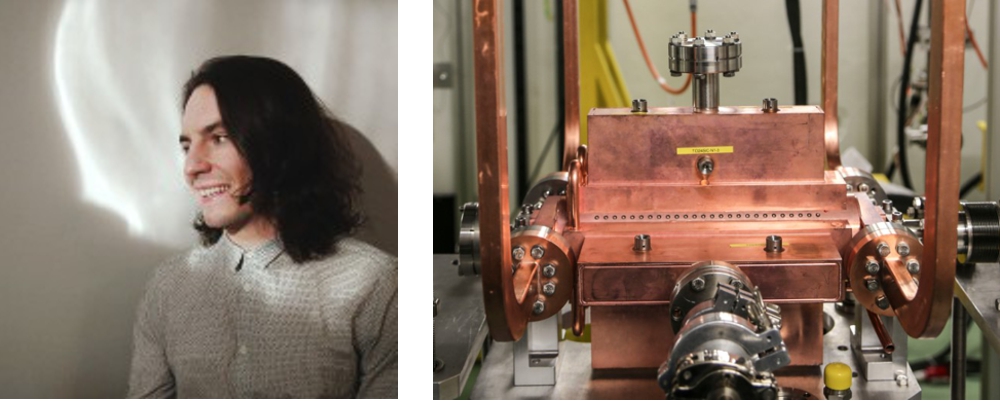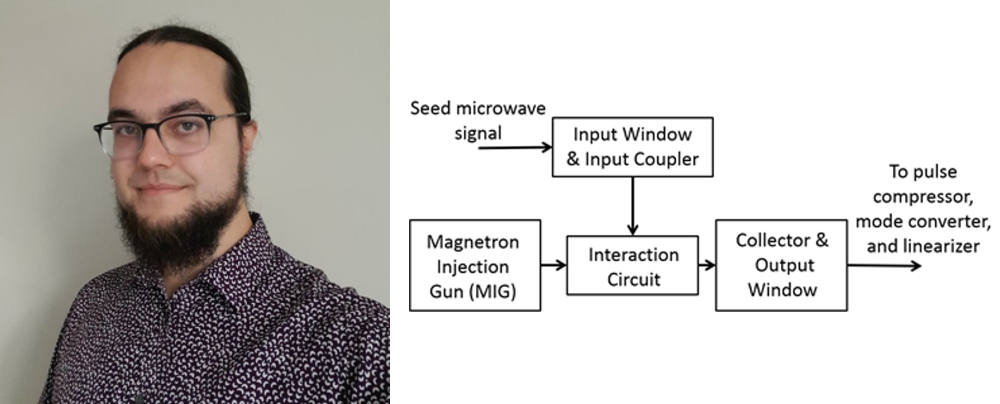While some of us were enjoying a well-deserved summer break, Cockcroft Institute PhD students have been hard at work finishing their theses.
Two of them, Lee Millar and Laurence Nix, have successfully passed their vivas over the summer, and can now proudly display the coveted “Dr” title before their family name.
Lee, from Lancaster University, defended his thesis in July. The work on “Operation of Multiple Accelerating Structures in an X-Band High-Gradient Test Stand”, was examined by Alessandro Gallo from INFN (Italy).

In the thesis, Lee examined issues with the operation of two RF structures in series and powered by a single RF source, known as a superstructure. Evidence was shown for an arc in one structure causing an arc in its partner via reflected power, as well as the study of capture of dark current. As well as this, Lee developed a Monte Carlo based algorithm for the prediction of structure conditioning that has been able to predict, and study, previously misunderstood features in actual structure tests. Lee has just started a CERN Fellowship on Linac4.
Laurence, from the University of Strathclyde, passed his viva in September with a thesis entitled “Design of a High-Power 48GHz Gyroklystron Amplifier for Accelerator Applications”.

Laurence participated in the H2020 project “CompactLight”, responsible for the design and simulation of a high power (2MW), 48GHz amplifier to power a SLED II compressor to drive a high harmonic lineariser for an X-ray Free Electron Laser. The CompactLight design for a next-generation XFEL utilises a C-band (6GHz) injector, which requires that the harmonic system is used to linearise the beam’s phase space. The optimum frequency for the harmonic system was found to be in the range of frequencies from 36 to 48 GHz.
Congratulations to Lee and Laurence!
